The Official Plaque reads:
Dedicated in the spring of 1863, this building served as a temple of worship for 10,000 Chinese then living here. Funds for its erection and furnishings were provided by the Emperor and Empress of China - local Chinese labor built the structure. The building was deeded to the City of Oroville in 1935 by the Chinese residents.
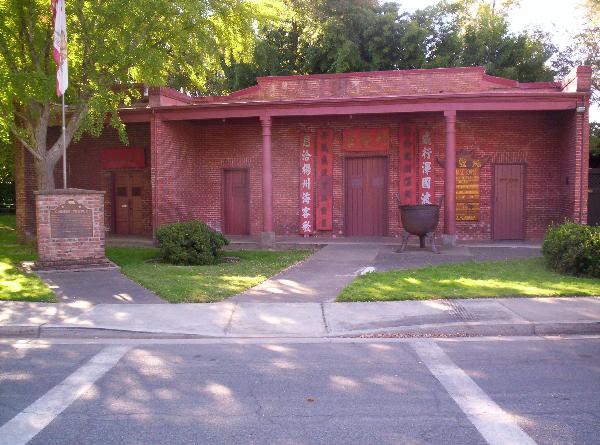 Bok Kai Temple
Bok Kai Temple
Built in the spring of 1863, the Oroville Chinese Temple served as a place of
worship for a community of 10,000 Chinese residents. Funds for the Temple and
furnishings were provided by the Emperor and Empress of China and local Chinese
labor built the structure.
A major flood in 1907 decimated the Chinese community so that most Chinese
left Oroville. Some returned to China while others moved to Sacramento or San
Francisco. The Chan Family then assumed responsibility for the Temple, It was
deeded to the City of Oroville in 1937 and it was first opened to visitors at
the time of California's Centennial in 1949.
A new addition to the temple was completed in 1968. Tapestry Hall was built
to display the extensive collection of embroidered tapestries, parade parasols
and other objects of beauty and value which characterize the best of Chinese
folk art.
The temple includes three chapels, with the main chapel dedicated to the
worship of various faiths including Taoism, Confucianism, and Buddhism. Along
with the temple is a magnificent garden, which is designed as a place for
meditation, with plantings that originated in China.
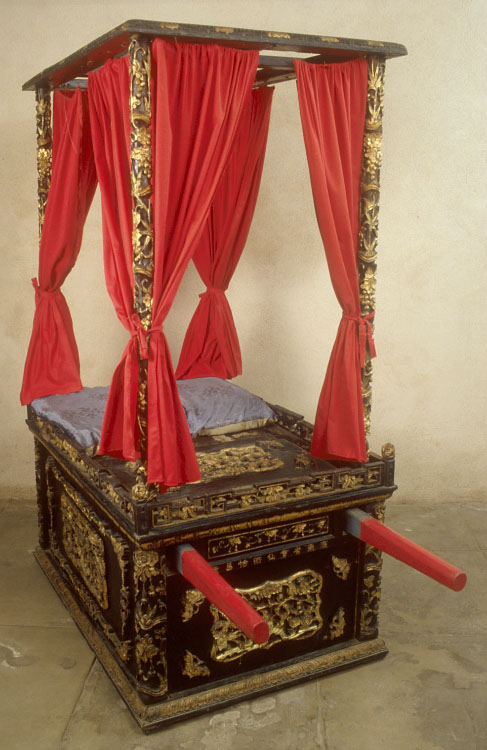
In 1999, Gloria Gee approached The Bancroft Library with a novel proposal.
She had learned that Bancroft in conjunction with the California Historical
Society, and supported by a grant from the Library
of Congress's Ameritech Project, was creating a digital archive of
approximately 12,500 images documenting Chinese immigration to California and
the American West (1850-1920). She wondered if Bancroft might be willing to
provide a comparable digital archive documenting the rich collections of the
Oroville Chinese Temple, which had been central in her own family's history.
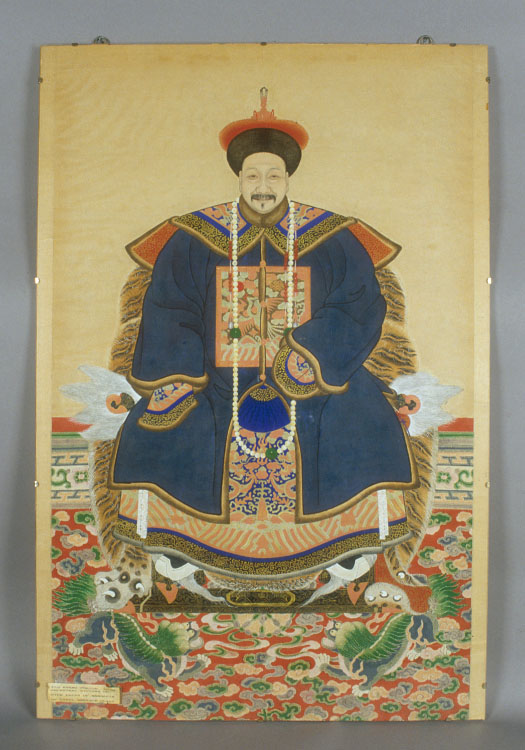
The Bancroft Library was willing to develop such a project if the City of
Oroville would agree. After several meetings, it was clear to the City of
Oroville and to Bancroft that this innovative proposal would provide a major
cultural benefit within California and beyond, providing through the World Wide
Web access to the three buildings at the Oroville Chinese Temple, and the
collections of Chinese cultural artifacts that are preserved there.
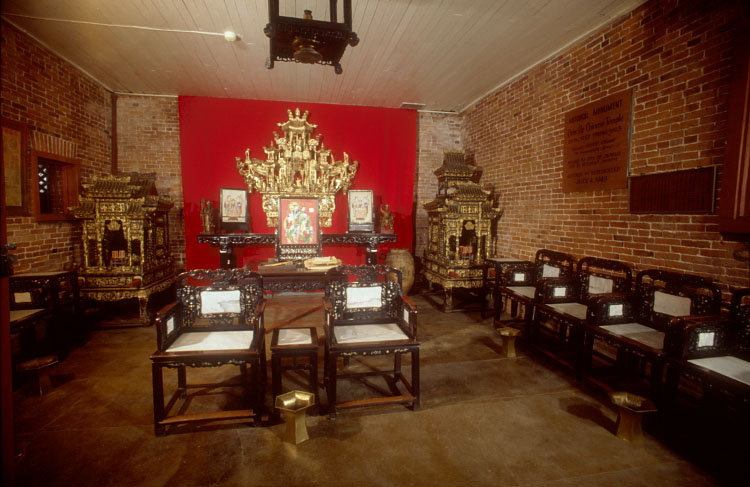
With agreement in place, Gloria Gee, who is a second generation Cal alumna,
and as Executor of her mother's estate, directed Mabel L. Gee's gift to support
the digital archive project in memory of her parents Edward W. Gee and Mabel L.
Gee. This was the first time a member of the California community had approached
The Bancroft Library about supporting such a project, but the results are
outstanding and may serve as a model for future collaboration between The
Bancroft Library and the California community.
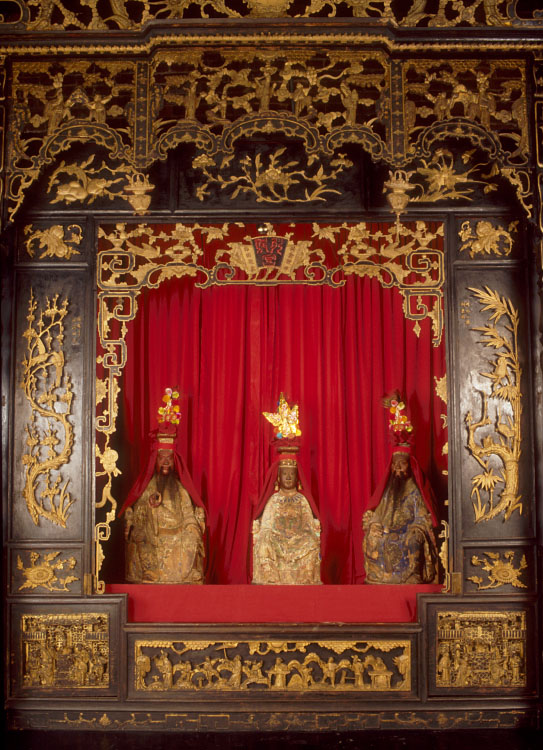
Funding from the Estate of Mabel L. Gee was complemented by funds from the
Library of Congress Ameritech Project and the images of Oroville Chinese Temple
treasures have been fully integrated into the Online Archive of California and
are now accessible throughout the world. We anticipate that the strengths of the
Oroville collections will attract a growing number of visitors to the Chinese
Temple to examine and study this major part of California Cultural History.